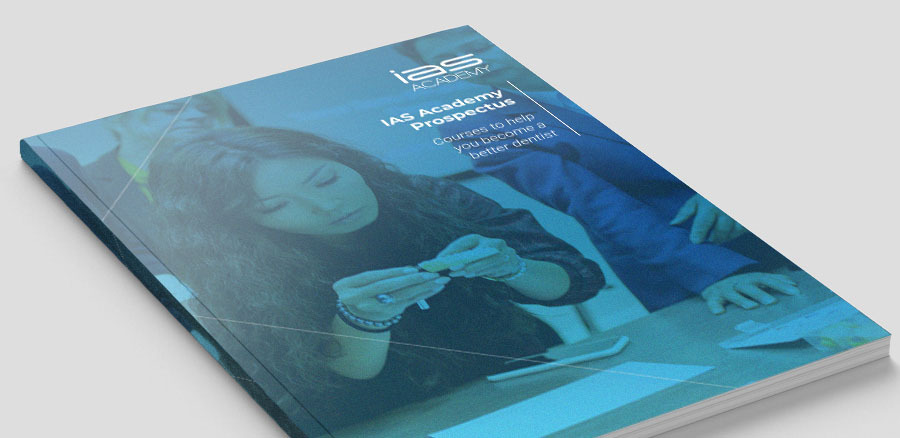Rectifying Relapse with Clear Aligners
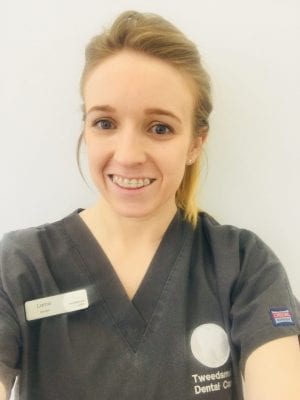
Treatment carried out by Lorna McIntosh

Dr Lorna McIntosh graduated from Manchester University in 2014 and has been working in Tweedsmuir Dental Care since 2015. She first became a member of the IAS Academy in 2016, when she started using the Inman Aligner and then progressed onto using Clear Aligners in 2017.
A 26-year-old female patient initially presented to my colleague at the practice wanting to improve the appearance of her smile. She was referred internally to myself as I am the only dentist who offers anterior alignment orthodontic options.
The patient had undergone orthodontic treatment when she was younger, but as she had only worn retainers for a relatively short period of time because they broke, relapse had occurred. She had noticed that her laterals were moving and her teeth were not in the same alignment that had been achieved after her previous treatment.
The orthodontic assessment (Table 1) revealed a Class II Division I incisor relationship on a Class I skeletal base. There was very minimal crowding but an anterior open bite was present. The patient’s lips were competent so she was not particularly bothered by the increase in overjet. Her general oral health was good.
| Measurement | Result |
|---|---|
| Skeletal | Class I |
| FMPA | Average |
| Lower Face Height | Average |
| Facial Asymmetry | None |
| Soft Tissues | Good, tongue piercing was noted |
| Incisor Relationship | Class II Division I |
| Overjet | 5mm |
| Overbite | 5% |
| Displacement on Closure | None |
| Molar Relationship | ½ Class II left and right |
| Canine Relationship | ½ Class II left and right |
| Teeth Present | Missing upper 4s and lowers 4 and lower 8s |
| Centrelines | Coincidence |
Treatment planning
Impressions were taken with a putty/wash material and the Archwize™ online diagnostic tool was used to assess case suitability. It was decided that the upper centrals could be slightly retroclined in order to reduce the overjet, but that it would not be possible to close this completely with this treatment modality due to the facial profile. The digital setup suggested that 0.7mm interproximal reduction (IPR) would be needed in the upper arch to achieve the desired tooth movement.
The Archwize™ digital mock-up showed a reduction in overjet and a great improvement in the anterior alignment of both the upper and lower arches. Treatment would need to be completed with clear aligners on both the upper and lower teeth, with minimal IPR in the upper arch. The treatment plan comprised of 15 aligners to correct the upper alignment and 9 for the lowers.
Problem list:
- Overjet
- Overbite
- Proclined upper centrals
- Mild crowding in the upper and lower arches
- Open bite
Ideal treatment aims:
- Referral to an Orthodontic Specialist for upper and lower fixed appliances
- Correct the open bite
- Correct posterior occlusion
Compromised treatment aims:
- Improve crowding
- Improve canine relationship
- Reduce overjet and overbite, but not to full extent
- Accept the posterior occlusion
Treatment
Treatment began with the application of the force drivers and IPR, as per the Archwize™ and the template supplied by the laboratory. This was the longest appointment of the entire process, but the fitting of the aligners was very straightforward. The patient was instructed in the placement and removal of the aligners and given oral hygiene advice.
The patient then returned to the practice every two weeks over the course of treatment to review progress, complete more IPR as and when necessary, and receive the next two aligners in the series. She wore each aligner for one week at a time, changing to the following aligner before bed and using ‘chewies’ to help seat the aligners fully.
Photographs and progress information were recorded in her notes and submitted onto the IAS support forum, where I received invaluable support and advice to aid successful completion of this case.
Outcome
The final result is one both the patient and I are very happy with. The patient achieved well aligned upper and lower teeth on rounded arches. There was a significant reduction in the overjet and the anterior open bite also closed over – even more so than we could have expected based on the planning stage of treatment. After alignment was completed, both upper and lower bonded retainers were fitted and removable Essix retainers provided to wear full time for the first six months, followed by night wear for 12-18 months. After this period, the patient was advised to continue wearing the removable retainers a few nights a week for life in order to maintain the results.
Reflection
This was my first experience of using Clear Aligners and it has been a very rewarding experience. The treatment process was very straightforward. The patient adapted very quickly and easily to the appliances and was delighted with the final result. The brilliant support received on the forum helped with any difficulties encountered throughout the process – I always received a quick response and the mentors offered advice on how to improve my technique in different areas to ensure effective treatment.
I think the general ethos of IAS Academy is really good. The training offers an easy way to develop skills, starting with the more simplistic cases and building competence and confidence to move onto more complex cases.
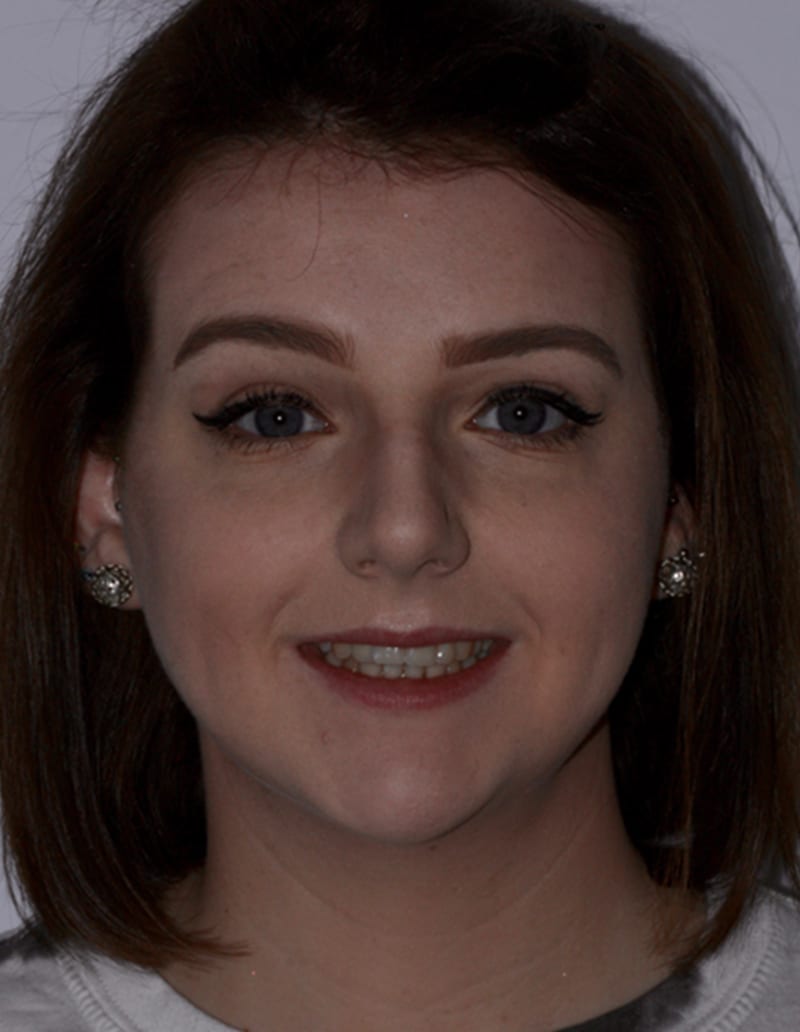 Pre treatment
Pre treatment 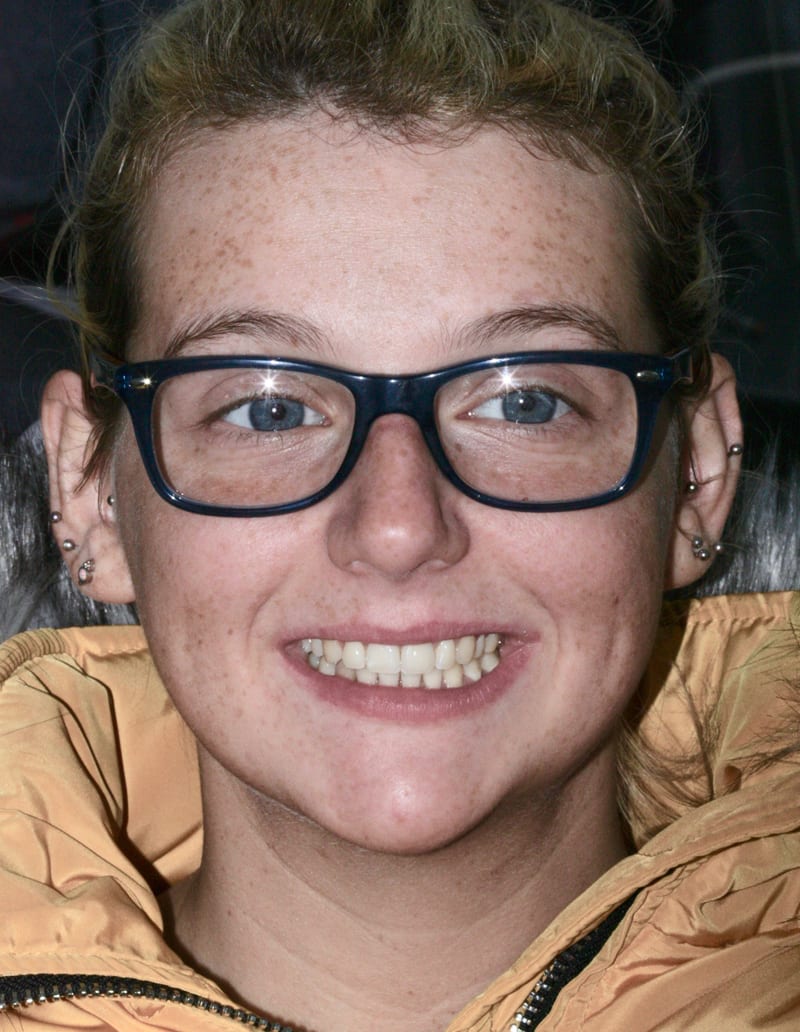 Post treatment
Post treatment 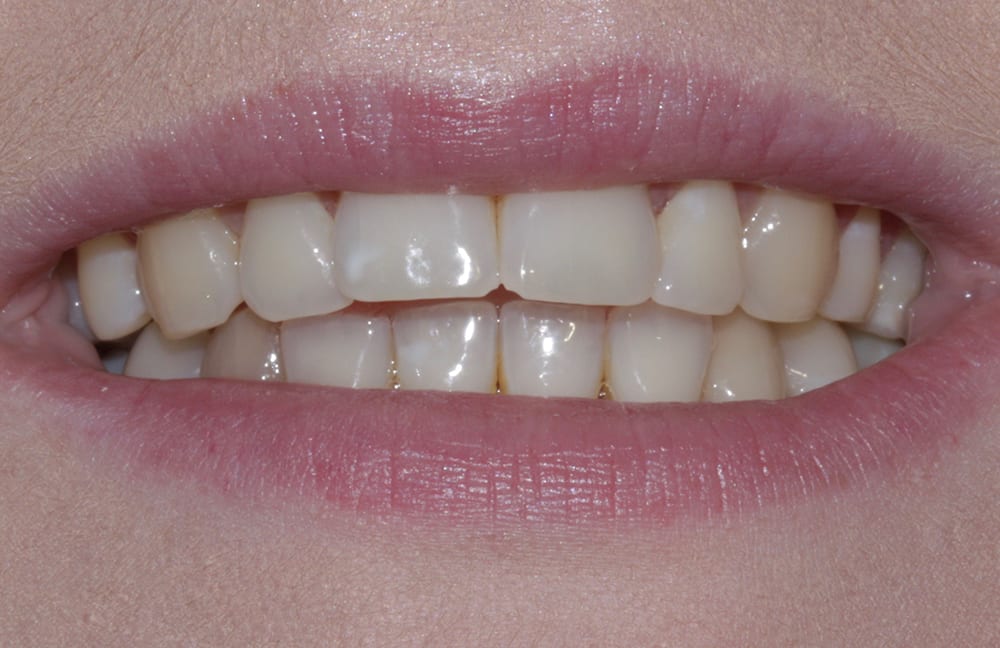 Pre treatment anterior
Pre treatment anterior 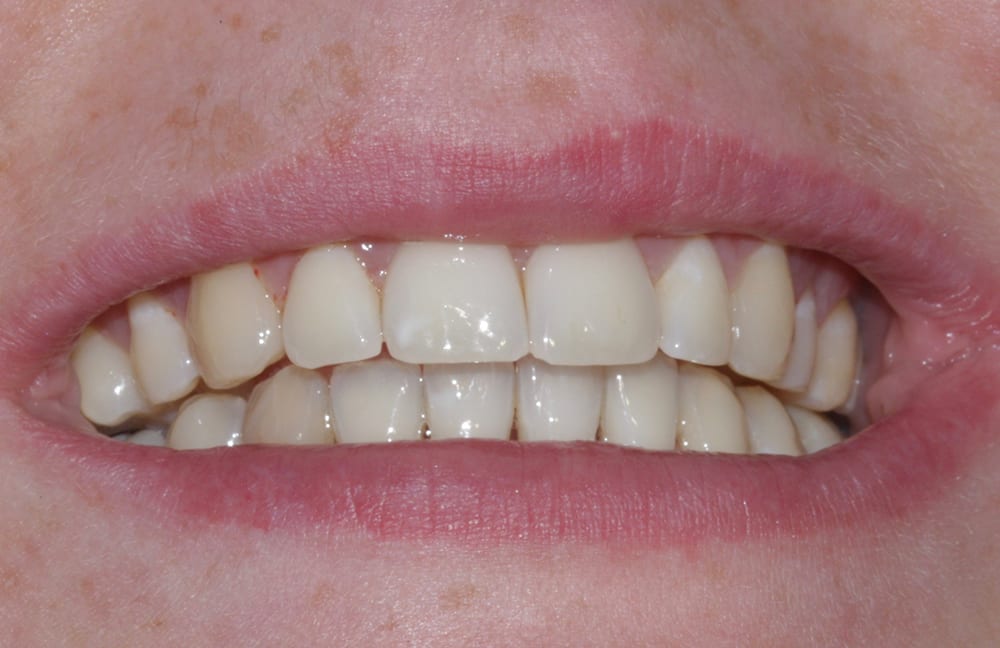 Post treatment anterior
Post treatment anterior 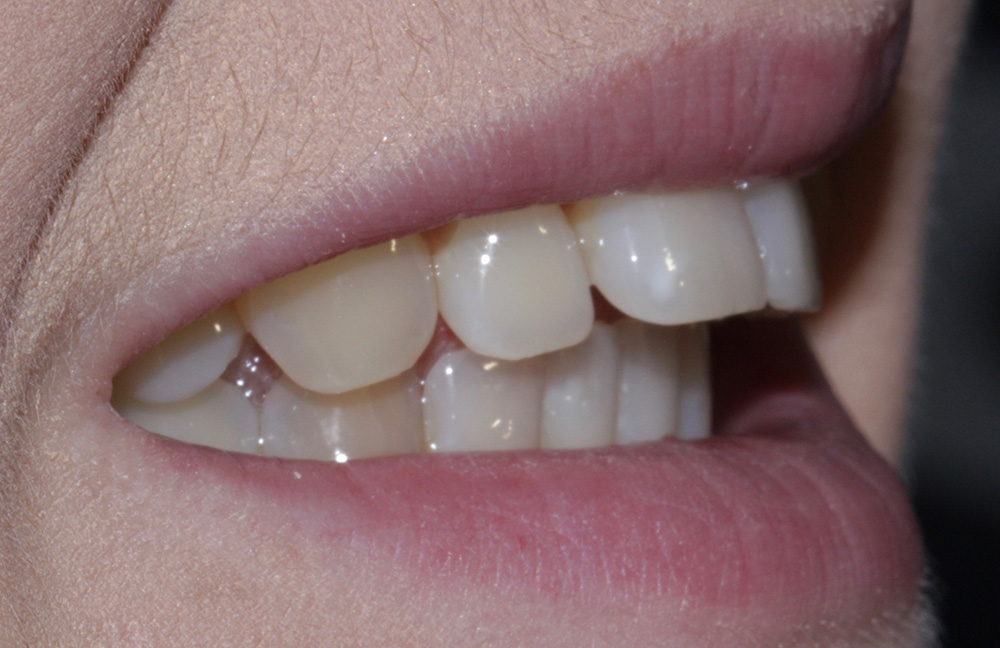 Pre treatment right lateral
Pre treatment right lateral 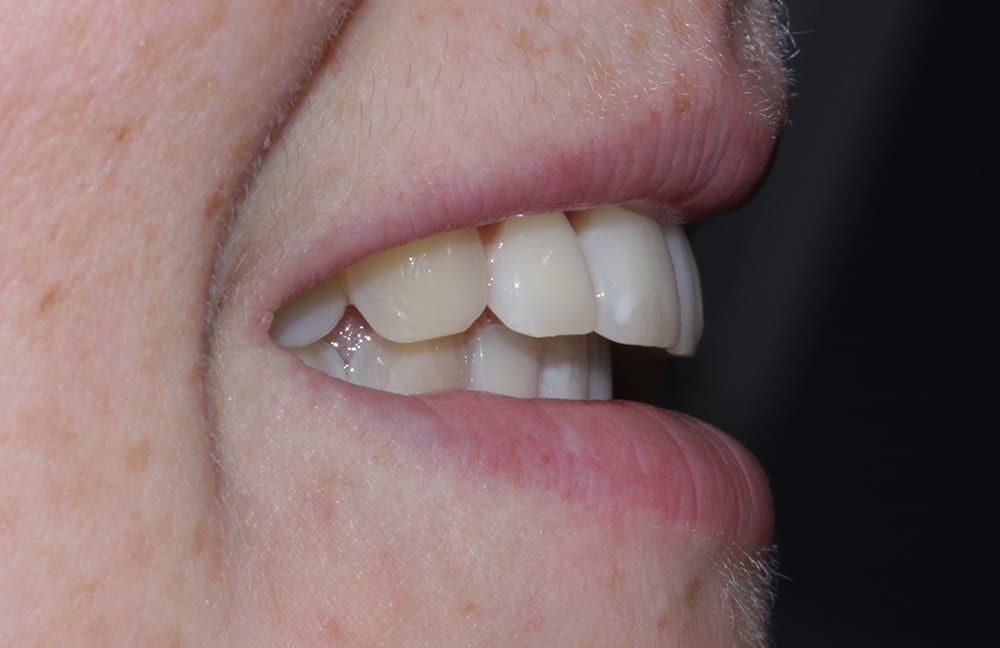 Post treatment right lateral
Post treatment right lateral 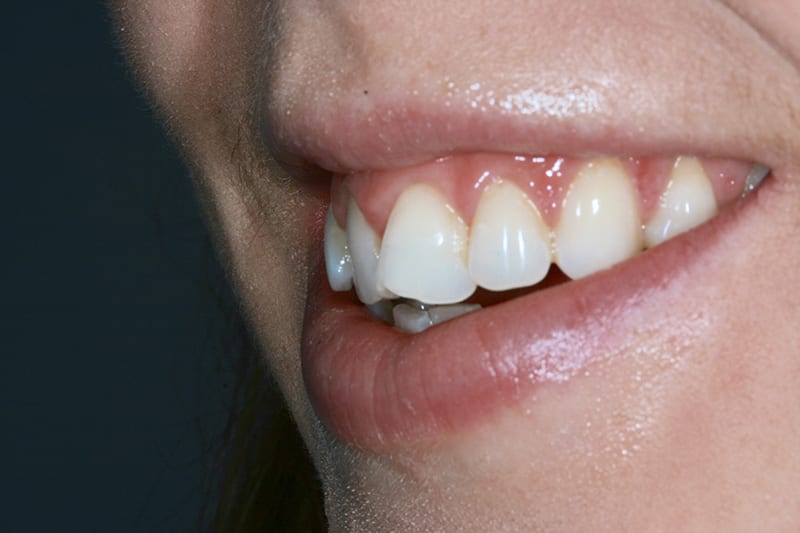 Pre treatment left lateral
Pre treatment left lateral 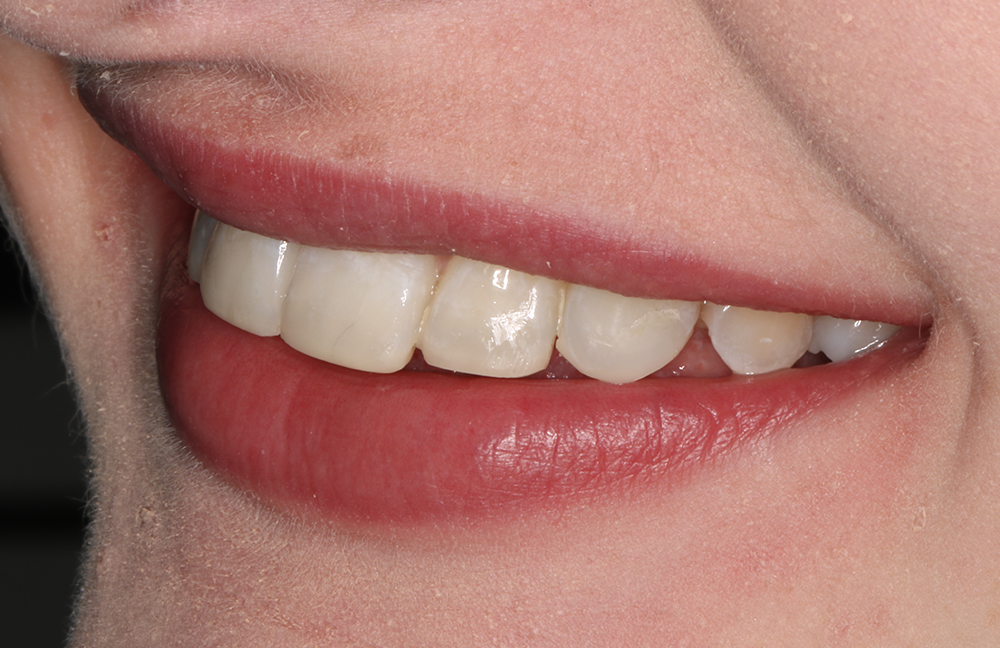 Post treatment left lateral
Post treatment left lateral 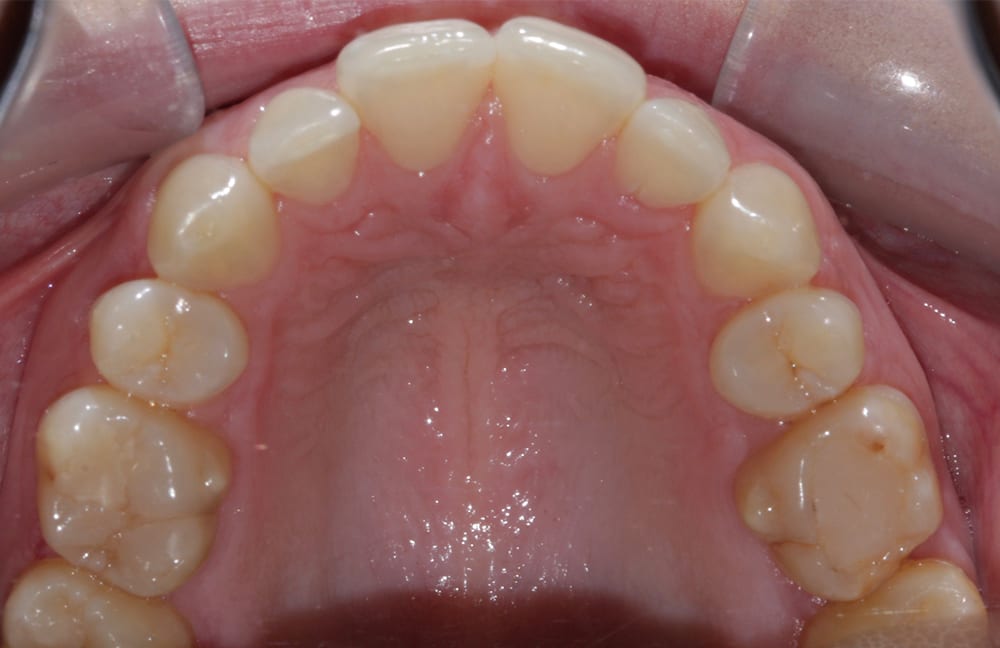 Pre treatment upper occlusal
Pre treatment upper occlusal 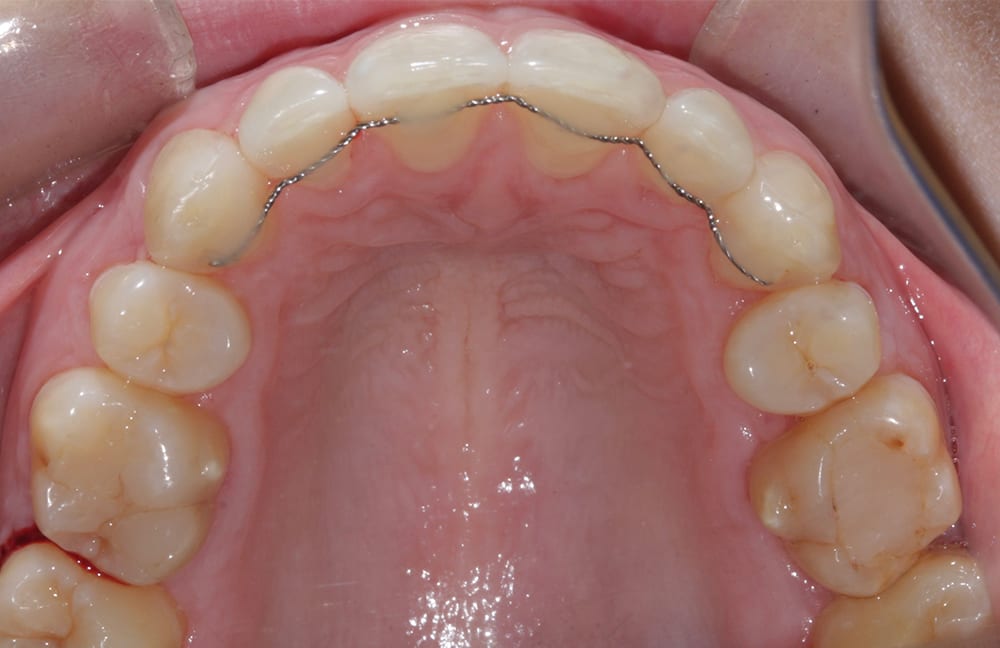 Post treatment upper occlusal
Post treatment upper occlusal 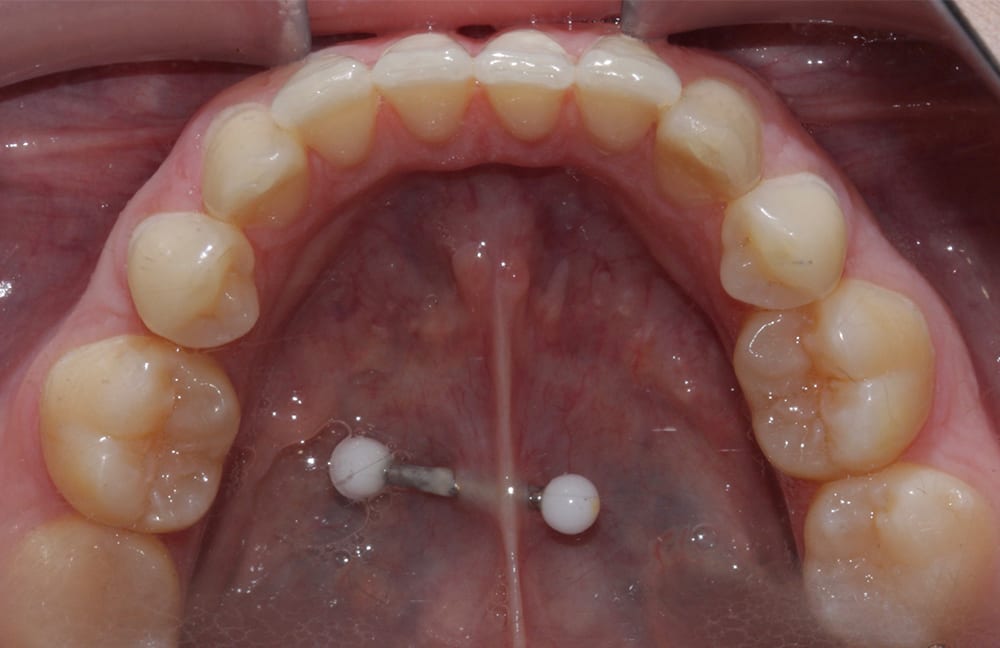 Pre treatment lower occlusal
Pre treatment lower occlusal 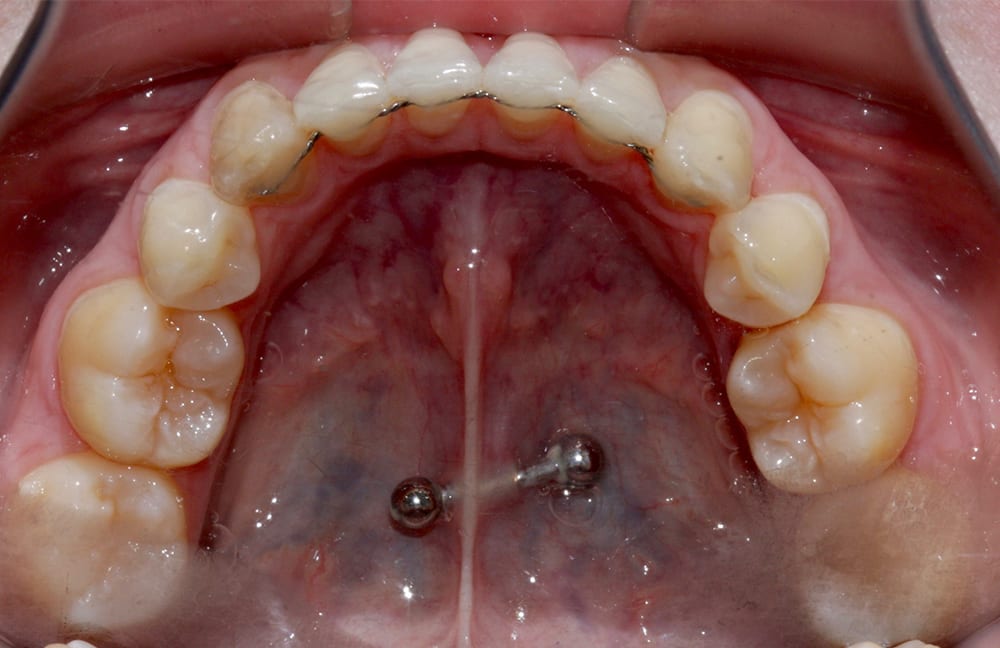 Post treatment lower occlusal
Post treatment lower occlusal 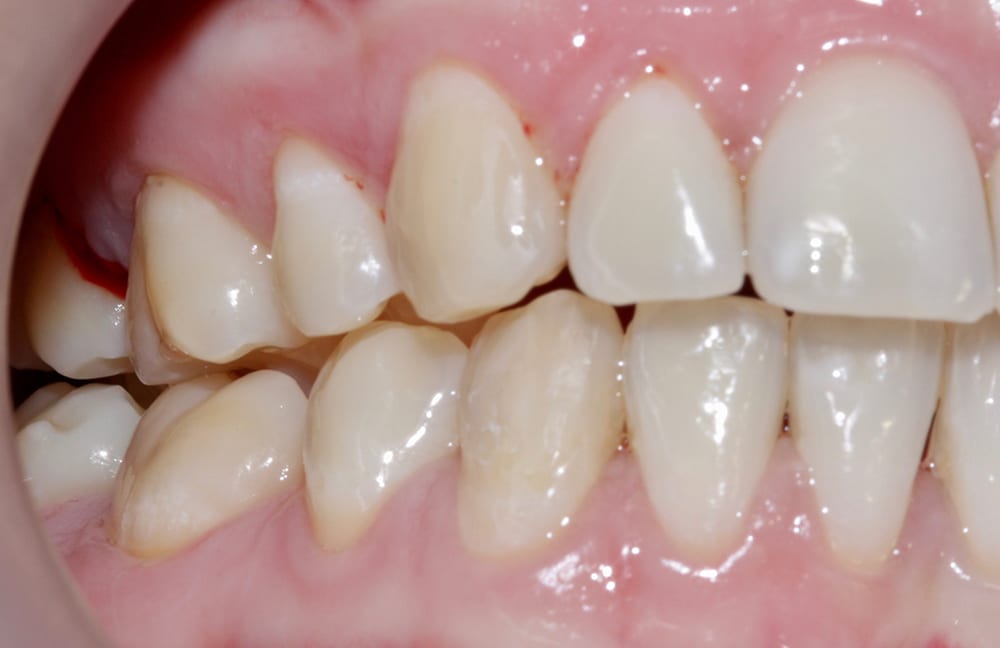 Post treatment retracted right lateral
Post treatment retracted right lateral 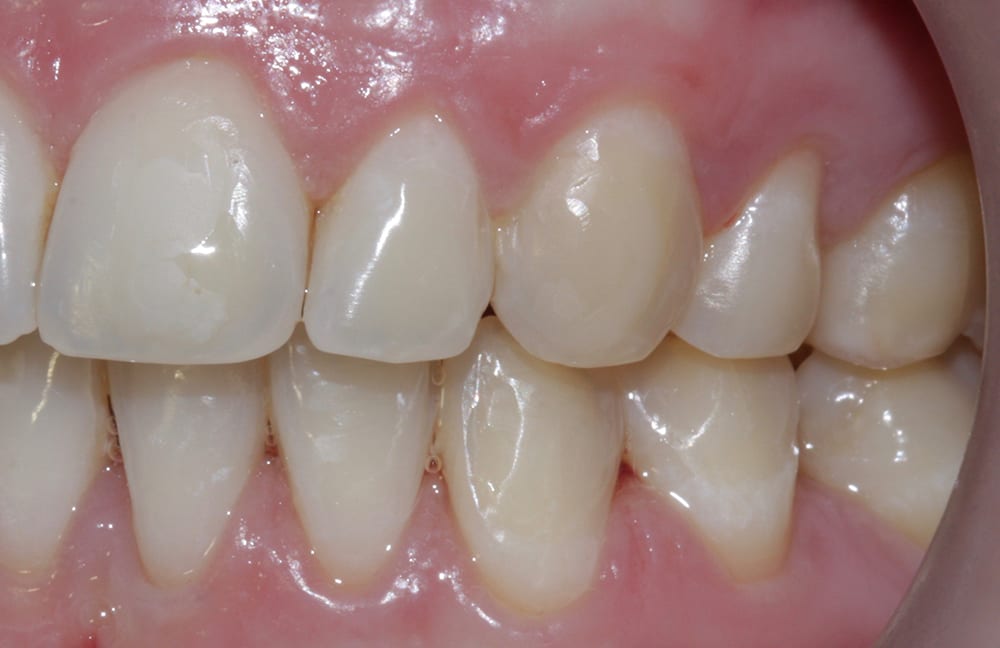 Post treatment retracted left lateral
Post treatment retracted left lateral 
